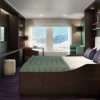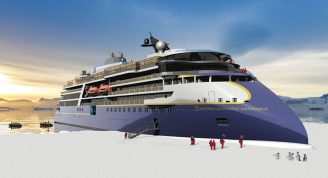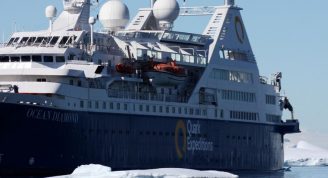Description
Don’t miss the chance to see one of Earth’s most wondrous cosmic events in one of Earth’s most fantastic places! An Antarctica viewing of the total solar eclipse is expected December 4, 2021. Though total solar eclipses occur roughly every 18 months, they can only be properly seen along a few key path locations. And what better location than one of the wildest and least-known places on the planet?
Three ships, 19 nights, and one very famous cosmic event
To witness the total eclipse, we’ll position our ships in the center of the moon shadow, at the edge of the sea ice in the Weddell Sea, between the South Orkneys and South Georgia. The ships making this voyage will be our three ice-strengthened vessels: Plancius, Ortelius, and Hondius. The full voyage lasts 19 nights, 20 days, and will visit the Falklands, South Georgia, and the Antarctic Peninsula.
Conditions of Antarctica’s sea and skies
Our goal on this itinerary is to see the total eclipse, but please keep in mind the polar regions are known for their unpredictability. There’s always the chance overcast skies may hinder visibility and that adverse conditions may alter certain details of the pre-planned route. Plancius and Ortelius are scheduled to make the trip clockwise, while Hondius will make it counter-clockwise.


















